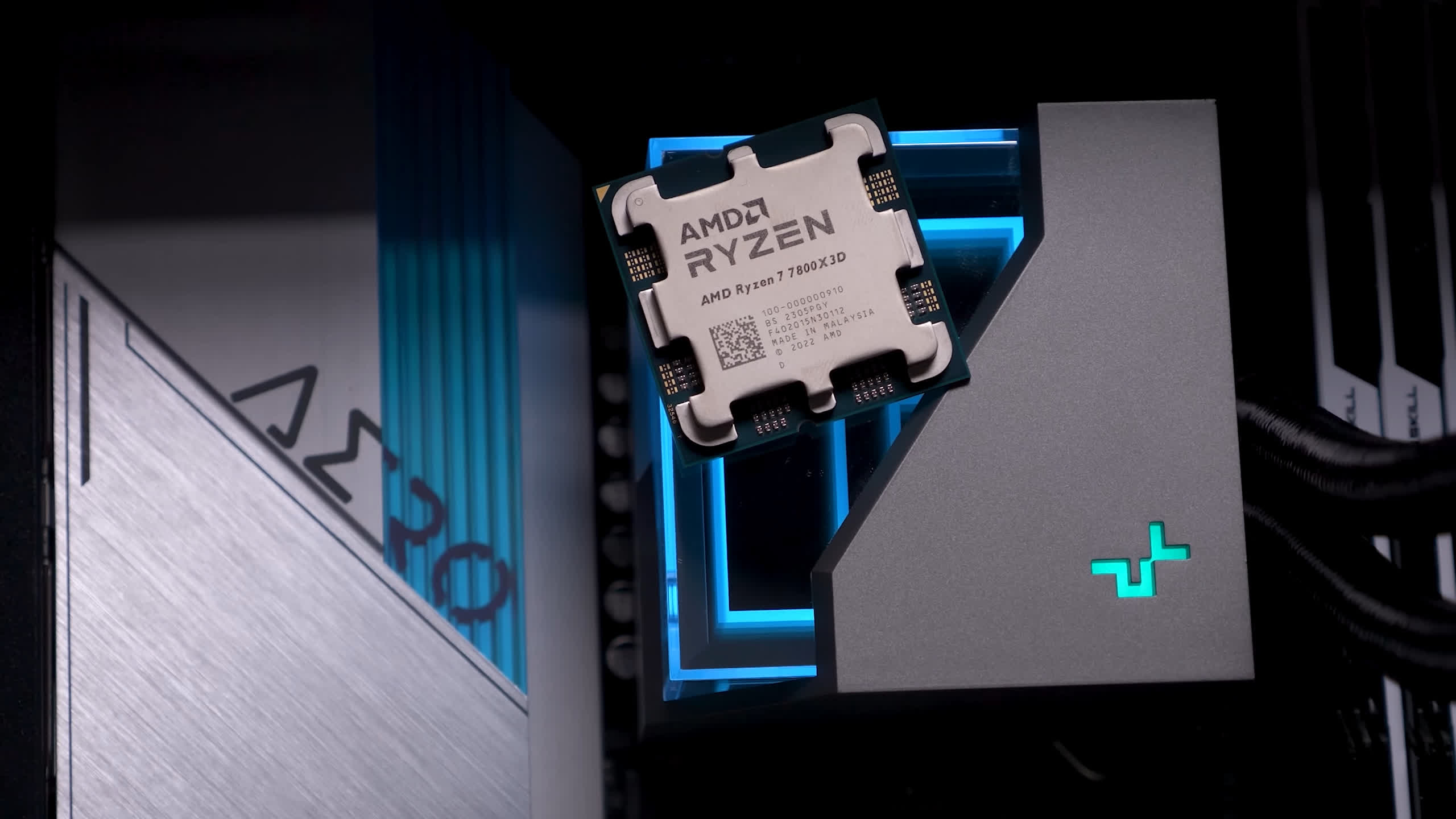Draugoth
Gold Member
:format(webp)/cdn.vox-cdn.com/uploads/chorus_asset/file/25686515/ryzenx3d9000series.png)
AMD is officially announcing its first next-generation X3D desktop processors today, based on its latest Zen 5 architecture.
Thanks to other leaks, we're expecting to hear more about the 9800X3D soon, which will likely be the first next-gen X3D processor to launch on November 7th, with eight cores. Rumors suggest it will include a 4.7GHz base clock, with a boost clock of 5.2GHz or higher.
Reviews
AMD Ryzen 9000 now cheaper
AMD is also announcing a price cut for the Ryzen 9000X non-3D series. Early adopters may be disappointed to hear that the Zen 5 desktop CPUs are now $30 to $50 cheaper than they were two months ago. The official price cuts are as follows:AMD Ryzen 9000 Deals (affiliate links)
- AMD Ryzen 9 9950X (MSRP: $649)
- Ryzen 9 9950X (Amazon): $599
- Ryzen 9 9950X (Newegg): $599.00
- AMD Ryzen 9 9900X (MSRP: $499)
- Ryzen 9 9900X (Amazon): $429.00
- Ryzen 9 9900X (Newegg): $429.00
- AMD Ryzen 7 9700X: (MSRP: $359)
- Ryzen 7 9700X (Amazon): $326.75
- Ryzen 7 9700X (Newegg): $326.75
- AMD Ryzen 5 9600X: (MSRP: $279)
- Ryzen 5 9600X (Amazon): $249.00
- Ryzen 5 9600X (Newegg): $249.00
Last edited:










